A few months ago a reader of the blog emailed me with a problem. She is newish to puerh, and has been buying some cakes since 2011. She bought some clay jars to store the teas in, and in the hopes of speeding up the aging process, decided to try to add a bit of humidity to the jars to make things go faster/age better. This much sounds familiar – lots of people do similar things, especially if they live in drier climates, because, well, they worry about the tea not aging properly. These are the jars.
Then the inevitable happened – first, signs of yellow mold, which can be dusted off easily and stopped the addition of humidity to the tea (by some method of adding water to the clay and let the clay soak it up, I believe). Then, a more invasive problem appeared – bugs, little bugs, that were all over the cakes, especially one, but it was showing up on others too. She threw out the most heavily infested one, but now almost all the cakes have bugs in them, and they move fast and run away from light, what to do?
In desperation, she emailed me to ask – what’s a good way to handle them? She threw one of the cakes with bugs away, but there were more. Another she put in a freezer, hoping that it will kill the bugs. Was microwave a possible way of killing them? Something else?
I think a little perspective is useful sometimes, because I’ve met others who have had similar reactions before. Puerh, when you buy them new, are, well, an investment of sorts. If your plan is to store them and drink them in the future, chances are your time horizon is years, if not decades. If that’s the case, even momentary infestations of all kinds of nasties will go away. Some, like mold, may leave a permanent mark on how your tea tastes. Others, like little bugs, will barely make a dent in your tea, if you manage to get rid of them. So, when you run into problems like this, the first thing to do is not to panic, unless you spent your life savings on the tea and your life depended on it. If it’s just a hobby – there are ways to fix the problem. What not to do is to overreact and put the tea in, say, the microwave and permanently destroy it. That will really end the tea’s aging potential and cause irreparable harm.
Since in this case it was obviously the wet jars and the attendant humidity that was causing the problem, I suggested the reader to take all the cakes out of the jars, and then separate the cakes into two piles – ones with bugs and ones without. The ones without, just store them on a shelf or something. The ones with the bugs I suggested perhaps putting them somewhere, spread out, and just let them air out. Usually, bugs like these that live on puerh cakes tend to love the humidity, and are mostly after the paper. Once it gets too dry they will go away, especially if it’s not a dark humid space. I had bugs like this on some bricks I bought some years ago, and after a few months all the bugs were gone, and I didn’t even do anything special to get rid of them.
So, happily, the reader wrote back to me a few weeks ago saying that the bugs were, indeed, all gone. No more problems, and the tea is probably a bit dry, but certainly better off than in some uncontrolled humid environment with a high risk of mold and bugs. They’re going back into the jar, but without any added humidity this time. I think the aging will be slow, but there’s only so much you can do with natural climate.
This is not the first time I’ve encountered folks with storage problems that were man-made. Usually the root of the problem is the desire to somehow replicate a more humid, hotter environment so the tea will age faster, but that is not so easy, and the risks of failure also increases dramatically when you pursue such projects. I am an advocate of simple solutions, such as, say, adding a bowl of water to a storage cabinet, but anything more and I’d be weary. If you do pursue such projects, monitor the changes very closely. Mold can grow on all kinds of places, but on tea cakes, they generally start at the end of the stems, so watch those carefully. They can also be in some corner of your storage unit in that long forgotten tuo sitting in the back – and that can fester and kill your whole stash.
You can never really replicate the storage conditions of a giant warehouse with hundreds of jians of tea. Just today I was walking by Lam Kie Yuen and saw them loading up a truck for delivery. There were probably 200 jian of puerh in that truck, meaning there were close to 17000 cakes in there. Storage that amount of tea and storing 20 at home are not the same thing, and they have decades of storage management experience to back them up. So, proceed carefully, and if anything goes wrong, don’t panic. Airing out the tea for six months will solve most of the problems.


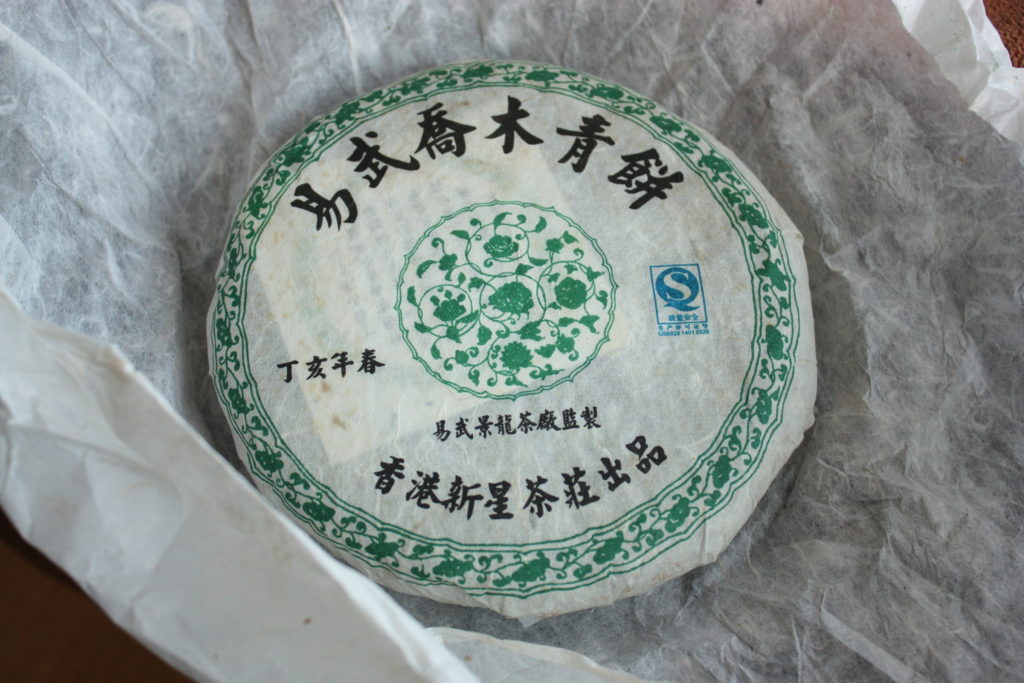
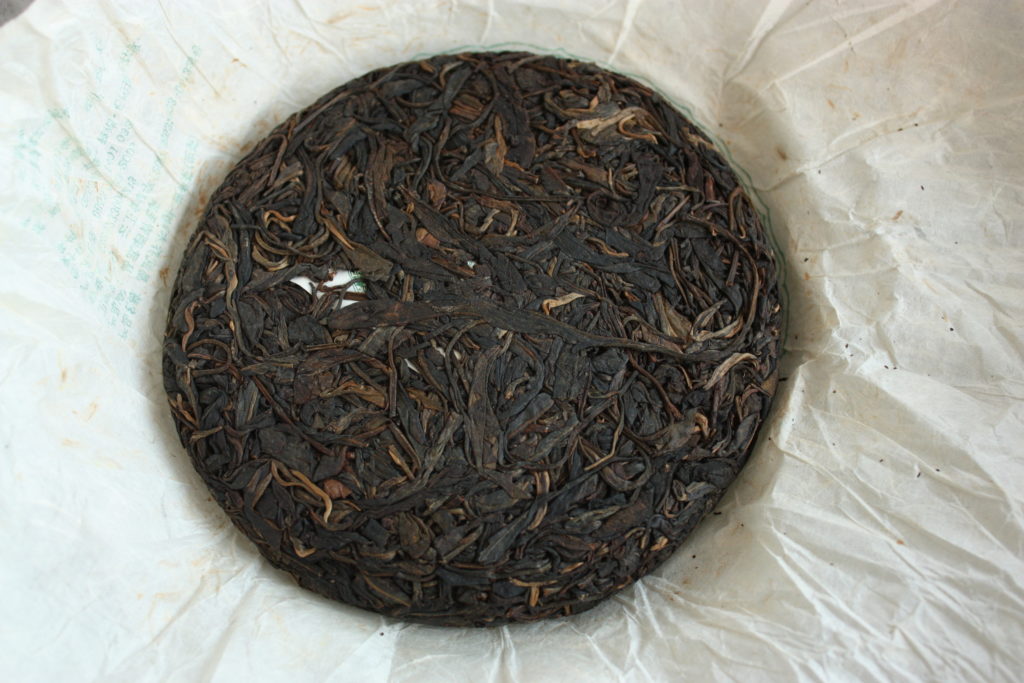
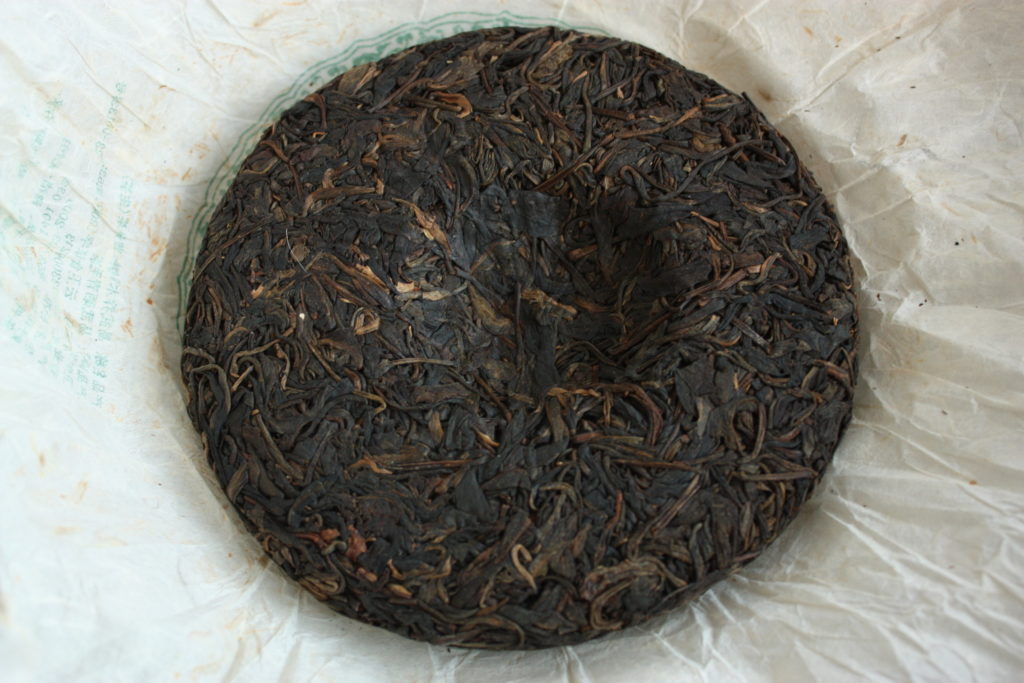
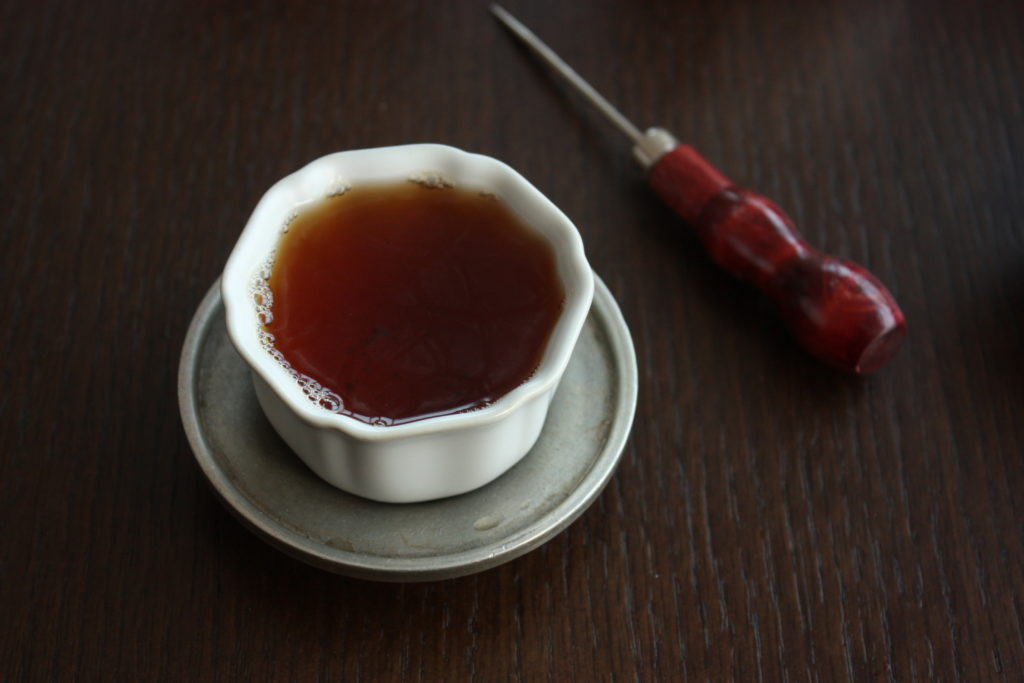
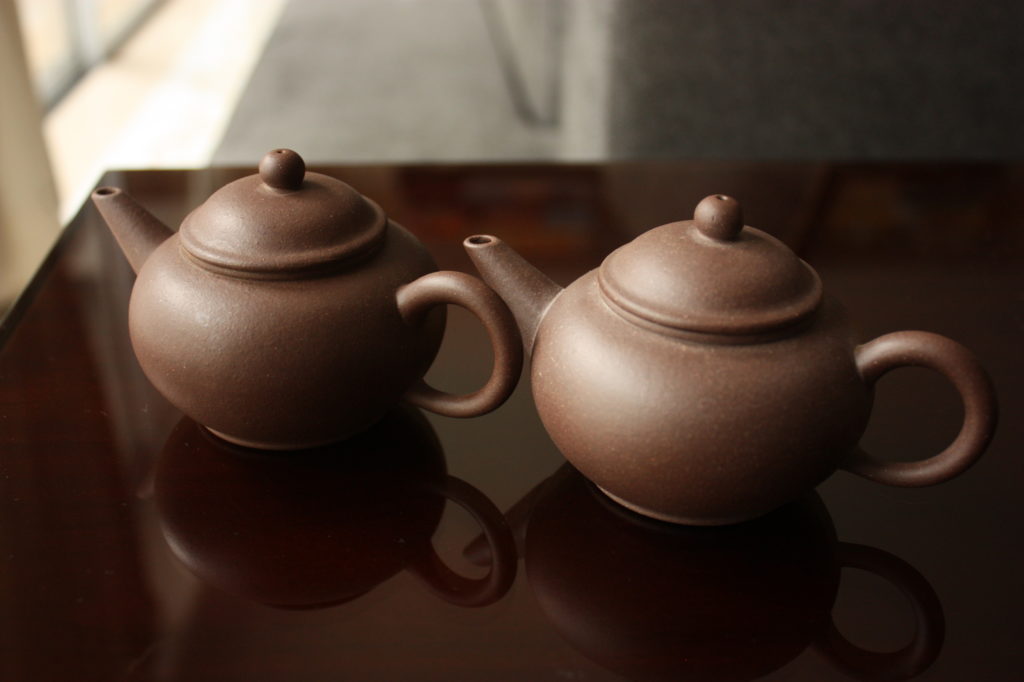
Yeah whisky prices have been leaking too, as well as luxury watches. I wrote a post maybe a decade ago…